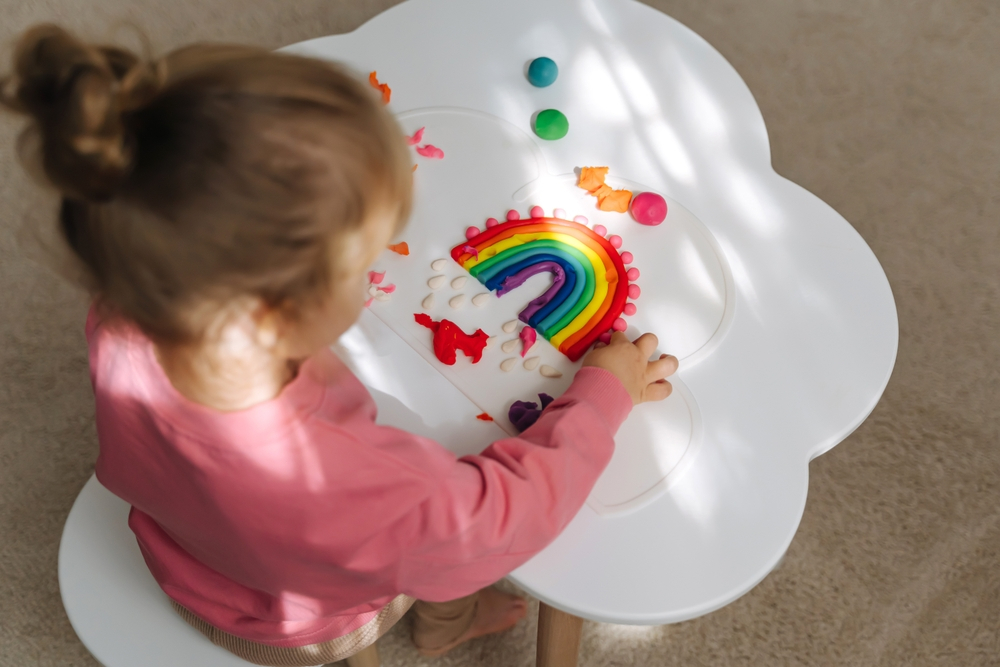Fine motor skills are necessary for many functional tasks. These skills develop alongside gross motor skills. Crafts that require more than one step are good opportunities for young children to challenge their fine motor skills. They can also be challenged by imitation of adults. Using multiple-step crafts encourages children to practice the skills they’ll need later.
Fine motor skills are needed for functional tasks
A child’s fine motor skills are critical for many daily tasks. This includes handling objects such as scissors, handwriting, and opening containers. Children also need these skills to manipulate a spoon and a knife, and to manage coins. Children who don’t develop these skills often hold objects upside down or carry them with their thumbs down. Fortunately, children can practice these skills by playing on a playground, where they can change hand positions frequently.
Fine motor skills are essential for feeding and other daily tasks. They are developed through play and enable children to grasp food and utensils. These skills are essential for using a spoon, knife, and fork. They also help children manage a lunchbox, open and close plastic food baggies, and handle a tray.
They are developed alongside gross motor skills
As a child learns to stand and sit upright, the coordination between the muscles of the hand and the legs develops. The coordination between the two enables the child to execute fine motor tasks more easily. In addition, learning to hold objects in place requires the child to hold their head and shoulders in the correct position. Poor posture makes it difficult for the child to master these tasks. Fine motor development is often preceded by gross motor development, which includes activities like crawling. These activities help the child develop a strong hand and fingers.
There are several studies that have examined the relationship between fine motor development and language development. These studies used parent reports to assess language and gross motor skills. However, most of these studies did not use measures that differentiate between expressive and receptive language. Most measures were parent-reported, but only two used standardized measures. These studies showed a significant correlation between fine motor development and language development.
They are challenged by multi-step crafts
Multi-step crafts encourage fine motor skill development and can help a child develop a wide variety of skills. By encouraging the use of scissors, children can practice wrist extension and stability and develop bilateral integration and hand-eye coordination. They can also work on color coordination and design.
Fine motor skills are important for a child’s development, as they enable them to manipulate small objects with precision and detail. These skills are necessary for carrying out everyday tasks such as feeding themselves, picking up objects and zipping and buttoning. Crafts provide an excellent opportunity for children to practice these skills while having fun.
Multi-step crafts encourage fine motor development in children by encouraging independence. The process is just as important as the final product, and the challenges involved will vary from child to child. For example, building tall towers with building blocks is a great fine motor activity for children with a fine motor challenge. Using elastic bands or other materials to fill a geoboard is another way to encourage fine motor skills.
They are developed through imitation of adults
Imitation is a valuable way to develop fine motor skills in children. It allows them to develop manual dexterity by mimicking adults. It also helps them learn to use their fine muscles for various tasks. Children can also learn to walk by practicing this skill. However, it is important to remember that children’s fine motor skills are not developed at the same speed as their gross motor skills.
While children can learn to imitate adults through imitation, many factors can interfere with the process. Some children are sensitive to stress or anxiety, which can inhibit normal development. For example, a musician may not be able to play in tune if he is under extreme stress. Similarly, individuals with autism spectrum disorders are more vulnerable to stress and anxiety. Therefore, it is essential to ensure that the environment around a child who learns motor imitation is stress-free.
They can be boosted at home
Fine motor skills are a crucial part of your child’s development and can be boosted in many ways at home. For example, you can encourage your child to practice holding objects with their fingers and using scissors. In addition to helping with everyday tasks, fine motor development can help strengthen muscles and promote growth.
Fine motor skills are not only needed for hand-eye coordination, but they also contribute to visual perception. The best way to boost these skills at home is to engage your child in activities that will stimulate their physical and mental development. Below is a list of activities that can help your child develop these skills. Keep in mind that your child will develop at a different rate, so it is important to plan activities accordingly.
One activity that boosts fine motor skills is building structures. Wooden arches and bridges are great options to encourage fine-motor skills. Stacking toys are another great way to promote these skills.

